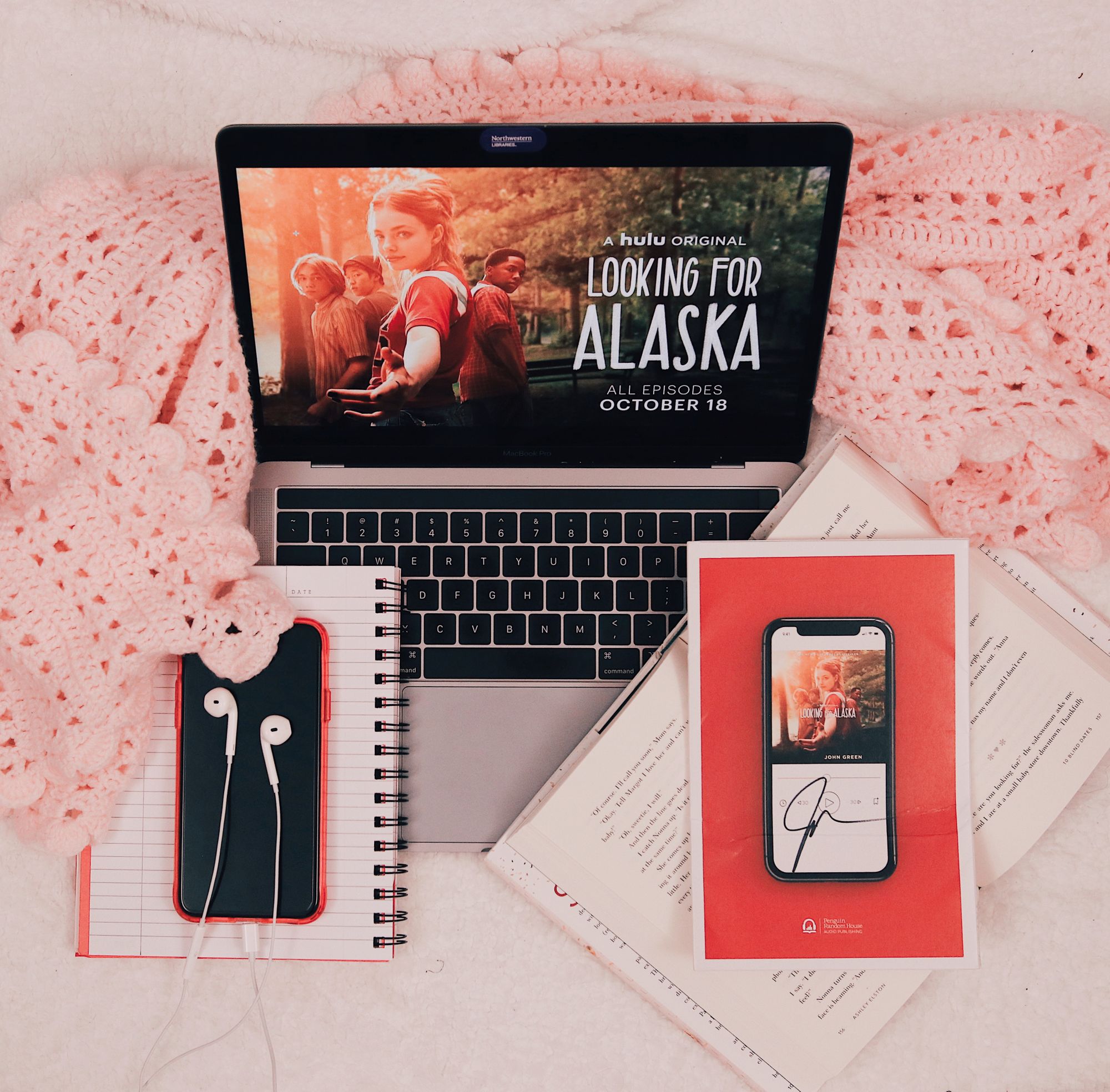Whenever I start watching a book-to-screen adaptation, I always ask myself: How will it do the original justice?
Alumna Veronica Roth’s Divergent was a disaster in film form, and both adaptations of Cassandra Clare’s The Mortal Instruments series had me shaking my head and cringing at the combination of awkward acting and forced dialogue.
So it’s safe to say I was nervous when I hit play on the first episode of Hulu’s Looking for Alaska, an eight-episode mini-series based on John Green’s bestselling young adult novel.
It is not the first time they had tried to adapt the book. Josh Schwartz, best known for writing The O.C. and Gossip Girl, was hired by Paramount Pictures to write the screenplay when the book first came out in 2005. However, the movie faced continuous delays and never made it past production.
The adaptation was seemingly going nowhere until Hulu announced in May 2018 that Schwartz would be brought in to write and produce the mini-series alongside his longtime collaborator Stephanie Savage. The show premiered on Hulu on Oct. 18.
I was lucky enough to get sent a free copy of the new audiobook of Looking for Alaska, so I ended up rereading the show’s source material as I was watching and comparing it to the book from 15 years ago. The show was both able to parallel the novel and diverge onto its own path. Numerous lines of dialogue throughout the episodes were taken word-for-word from the book, and all of the major plot points were present. At the same time, the show managed to add its own twists and make what was a rather simplistic and singular narrative into one that was much more complex and thought-provoking.
John Green’s book is told entirely from one character’s point of view: Miles “Pudge” Halter. Miles is a sheltered and naive teen from Florida whose defining characteristic is his fascination with reading biographies and memorizing people’s last words. The story starts when he decides to transfer to his father’s alma mater of Culver Creek, a boarding high school in Alabama, to seek his “Great Perhaps” and find adventure.

While there, he meets his roommate, Chip “the Colonel” Martin, Takumi Hikohito and Alaska Young, a girl who immediately enchants Miles with her breezy confidence and mysterious past. Miles’s voice, especially toward the beginning of the novel, comes across as superficial and immature; he obsesses over his attraction to Alaska and doesn’t think about much else. While he does develop and change somewhat over the course of the book, he only represents one perspective, and the novel focuses so singularly on his thoughts that it fails to really explore the stories of the people with whom Miles develops relationships.
The mini-series, on the other hand, paints a more complete picture of everyone in the story. It's more about the themes of the teenage experience and coming-of-age as opposed to how one teenager comes to terms with falling in love for the first time and how he deals with his first real encounter with grief.
The show also dived more deeply into discussions that John Green barely scratched the surface of in his novel. There are two distinct cliques showcased in both the book and show: Miles and his friends, almost all of whom are on scholarship at Culver Creek, and the Weekday Warriors, who return home to their parents’ mansions on weekends. The two groups hate each other, and much of both iterations of the plot showcase the exchange of increasingly complex and intense pranks orchestrated against the rival group.
The novel portrays these pranks as mere jokes that serve as the mechanism through which Miles attains his Great Perhaps and takes risks for the first time. The show, however, uses the framework of the pranks John Green created as a gateway into highlighting how low-income students and students of color get treated differently in the education system. While the Weekday Warriors never face consequences and are protected by their parents’ money, Miles and his friends feel like their futures could be utterly destroyed by one small mishap, even if the severity of their pranks is equal to or less than that of the pranks performed by the wealthier students.
Looking for Alaska may be a 15-year-old story, but the creators of the show expertly modernize it to 2019 while maintaining the novel’s mid-2000s feel. It’s a series that was just the right amount of faithful to the book while also adding and changing enough to make it new and interesting. It pleases both superfans of the novel and skeptical readers who wanted more from the original story.
In simpler terms, Looking for Alaska represents one of those rare instances where a screen adaptation actually improves upon the book.